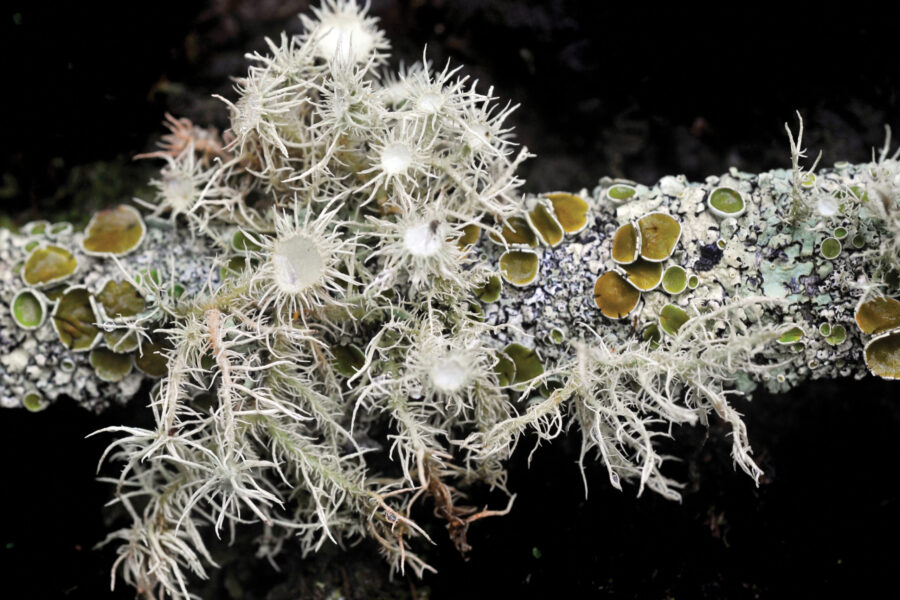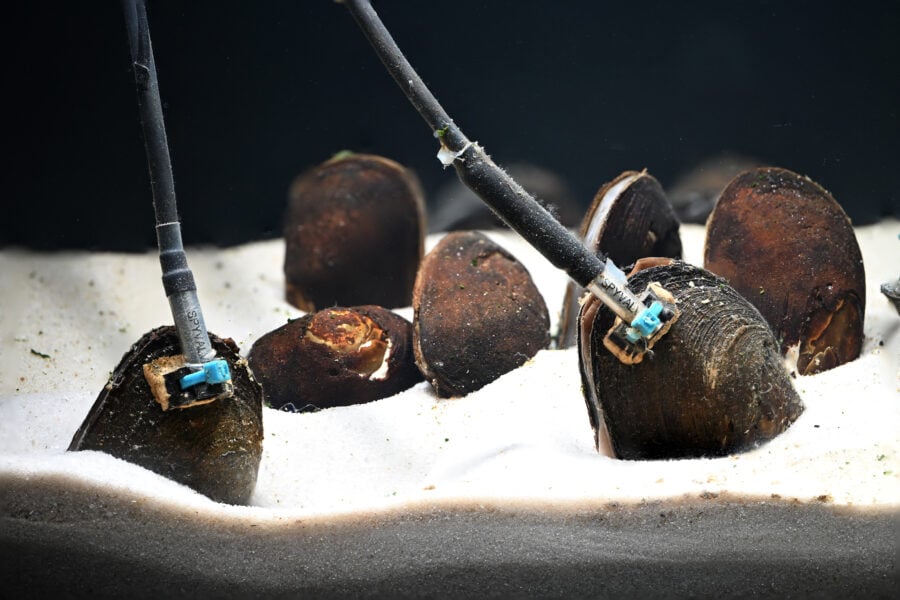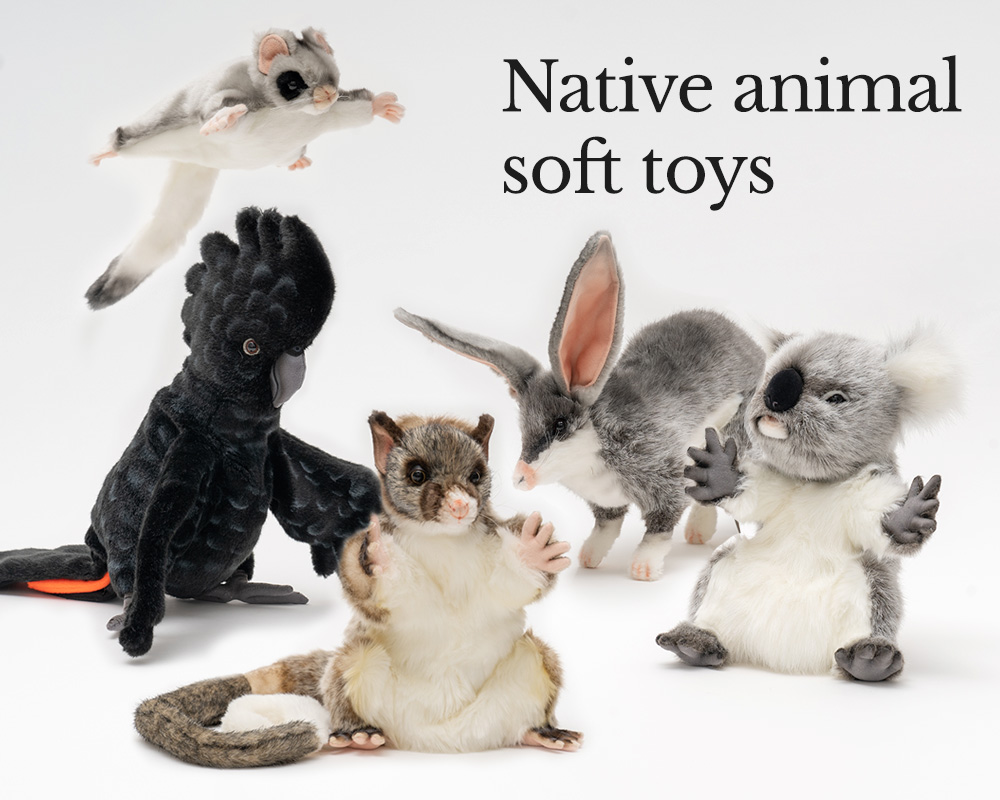This arthropod is minty fresh

Bec Crew
Bec Crew

The peppermint stick insect (Megacrania batesii) is beautiful to look at. It shoots minty fresh goo from a pair of cannons set behind its head. Its favourite plant to eat doubles as its house and triples as a slippery dip. And the females don’t have to bother with courtship dramas – they can just clone themselves a new batch of babies every so often.
Found in coastal Far North Queensland – particularly the Wet Tropics region – as well as New Guinea, the Solomon Islands and other Pacific Islands, the peppermint stick insect is one of Australia’s strangest insects.
Unlike other phasmids – insects that resemble leaves or sticks – which are mostly a dull brown or black colour to help them camouflage, the peppermint stick insect’s body gleams with hues of teal and turquoise, accented by two bright red antennae (we love an insect that knows its colour theory!).
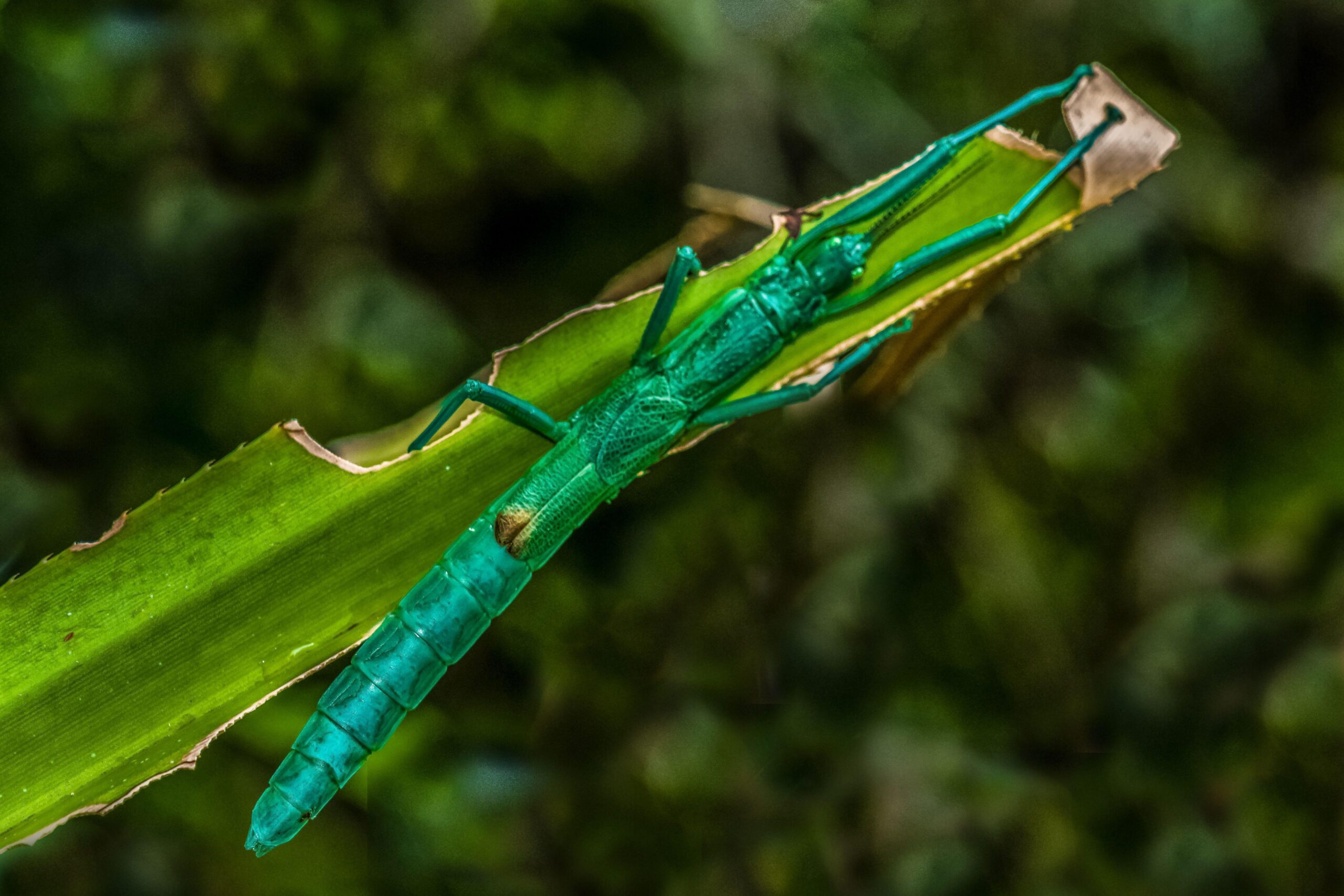
The colouring helps the peppermint stick insect to camouflage against the leaves of the screwpine, or Pandanus tectorius, which is its preferred meal. These leaves are long and slender, with spines on either side of them and a deep groove in the middle – perfect for a long and slender invertebrate to snuggle into. Quite literally snug as a bug.
But when camouflage is not enough, the peppermint stick insect will fend off its would-be predators – usually a bird or lizard – by firing a high-speed jet of white fluid at it from two cannons sprouting from its head.
You might think the peppermint stick insect gets its name from all the red and green it wears, but it’s actually in reference to the surprisingly minty scent of this noxious spray. Harmless to humans but irritating to attackers, it’s the second line of defence wielded by the peppermint stick insect.
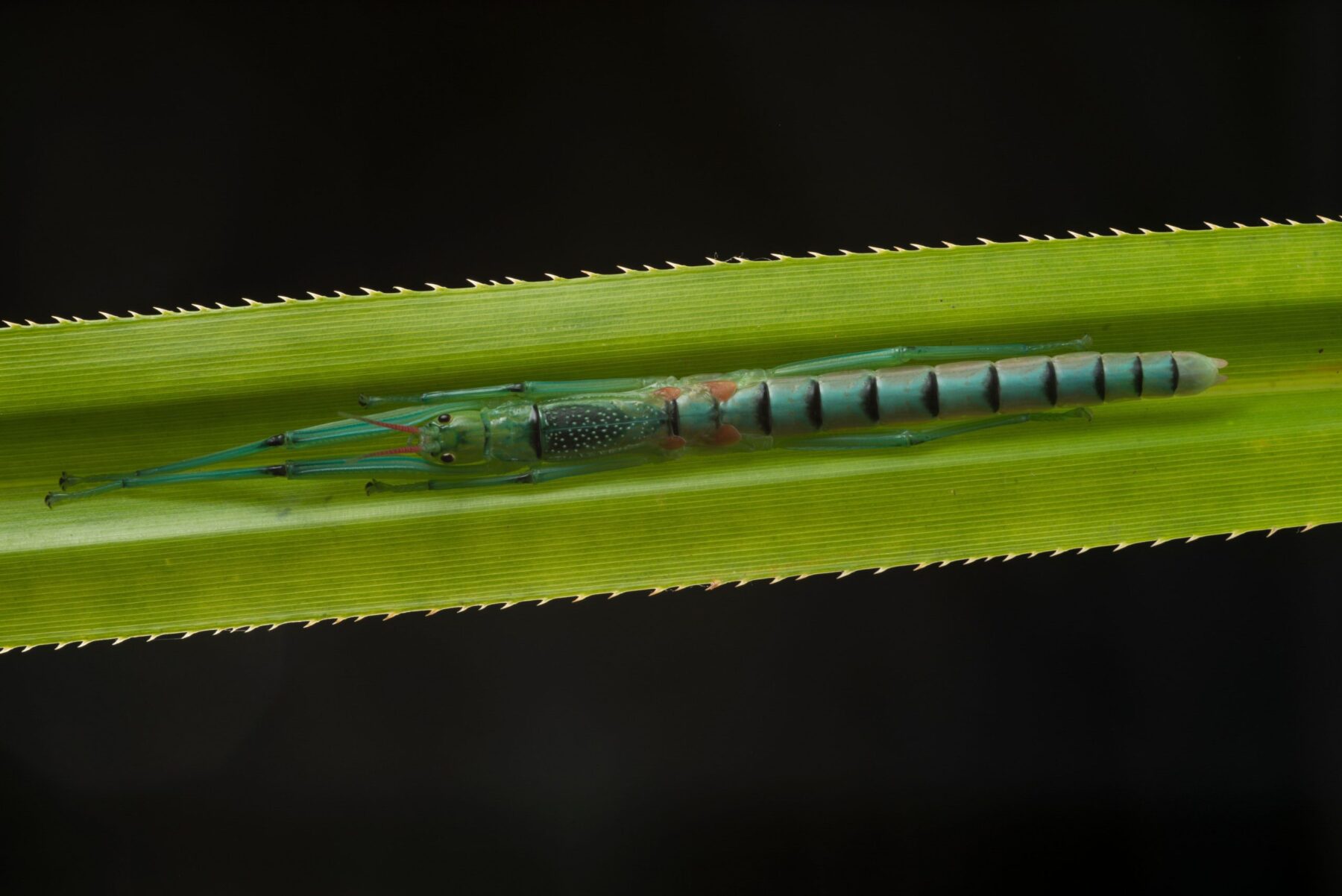
The third line of defence? Fleeing… in style.
The deep groove in screwpine leaves happens to be shaped like a slide – a fact that’s not lost on the peppermint stick insect. If it all gets too much, the peppermint stick insect will release its grip on the sides of the groove and slide away from its attackers, down into the spiky centre of the plant.
This technique also works for the eggs – they can be released to simply roll down into the safe little gutter at the bottom, or they’ll fling off the leaf and into the dirt below to incubate in peace.
Like many other stick insect species, peppermint stick insects are parthenogenetic, which means the females don’t need to mate to produce fertile eggs – they can effectively clone themselves. Every single egg produced this way will only hatch females. If a peppermint stick insect happens to mate with a male before producing eggs, she’ll produce both male and female nymphs.
The peppermint stick insect proves that if you want to thrive in the wilderness of Australia, a little bit of strangeness can make all the difference.

